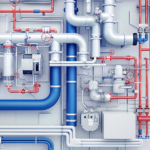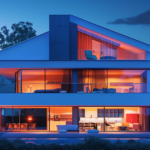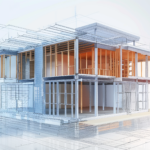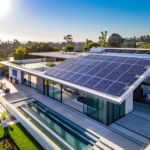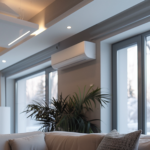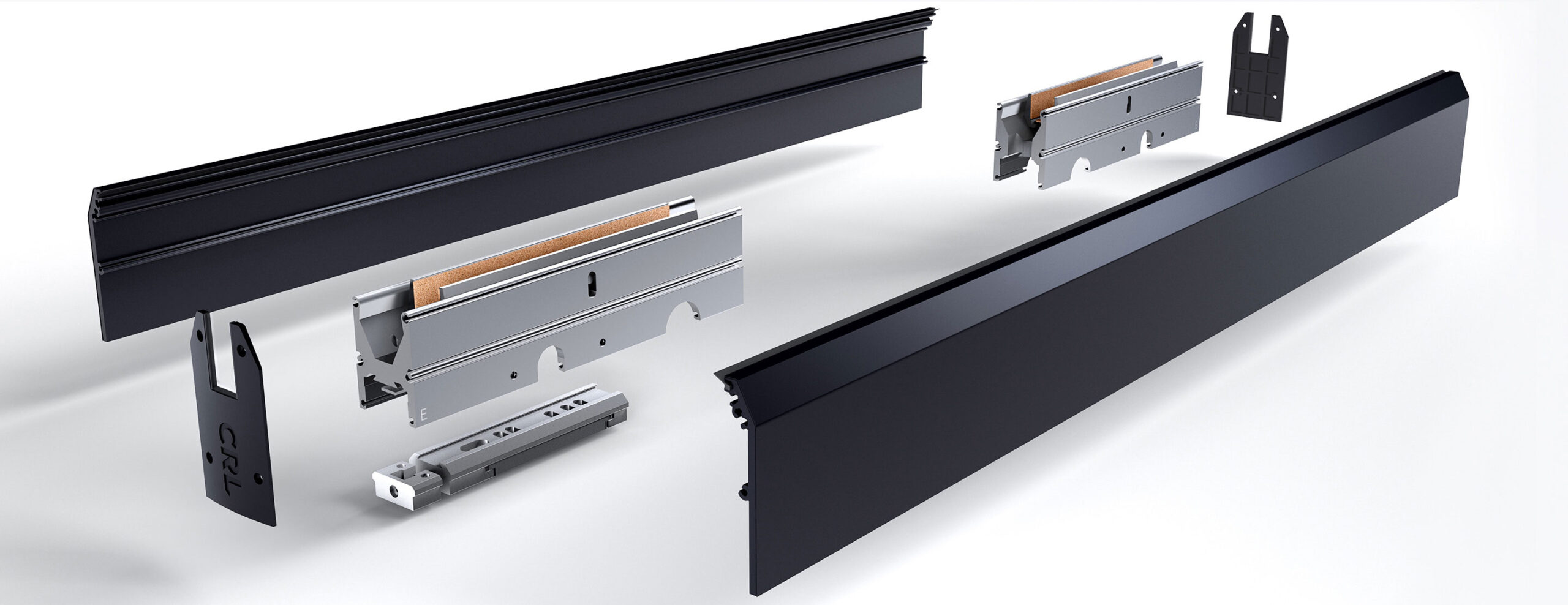Understanding Dynamic Glazing and Its Code Compliance Requirements
Dynamic glazing is an advanced building technology that allows windows and glass façades to change their properties (e.g., tint, transparency, or reflectivity) in response to environmental conditions or user controls. Unlike traditional static glazing, dynamic glazing systems can optimize natural light and solar heat gain, significantly enhancing energy efficiency in residential and commercial buildings.
This blog provides a comprehensive code compliance brief for dynamic glazing, covering key provisions in the International Residential Code (IRC) and International Energy Conservation Code (IECC). Builders, designers, and code officials can use this guide to ensure that proposed dynamic glazing installations comply with the latest building codes.
Benefits of Dynamic Glazing for Energy Efficiency
Reduced Energy Consumption
Dynamic glazing systems reduce energy demand by:
- Minimizing cooling loads during peak sunlight by controlling solar heat gain.
- Enhancing natural daylighting, which reduces artificial lighting needs.
- Improving occupant comfort by minimizing glare and excessive heat.
Increased Flexibility in Design
With dynamic glazing, architects have more flexibility to design large glass façades without compromising energy efficiency or comfort.
Types of Dynamic Glazing Technologies
- Electrochromic Glazing
- Changes tint in response to an applied voltage.
- Ideal for large windows and curtain walls.
- Thermochromic Glazing
- Reacts to temperature changes by altering its tint.
- Works passively, without the need for external power.
- Photochromic Glazing
- Changes tint based on the intensity of sunlight.
- Commonly used in eyewear but also applicable for windows.
- Suspended Particle Device (SPD) Glazing
- Contains particles suspended in a fluid that align when voltage is applied, controlling transparency.
Code Compliance Requirements for Dynamic Glazing
Dynamic glazing is subject to the same performance requirements as traditional glazing under the IECC and IRC, with additional provisions to account for its variable properties.
IECC Compliance Provisions
Per the 2015 IECC, dynamic glazing must meet specific criteria to be considered compliant:
- Solar Heat Gain Coefficient (SHGC)
- Dynamic glazing must have a default SHGC when in its fully clear state.
- Per IECC Section R402.3.3, the SHGC in the fully tinted state must not exceed the prescriptive requirement for fixed glazing in the building’s climate zone.
- Visible Transmittance (VT)
- The minimum VT of dynamic glazing in its tinted state must be documented to ensure adequate daylighting.
- U-Factor Requirements
- The U-factor of dynamic glazing must comply with IECC Table R402.1.2, depending on the climate zone.
IRC Requirements
Under the 2015 IRC, dynamic glazing is treated as part of the building envelope, meaning:
- Windows must be installed per manufacturer’s instructions to ensure proper operation and performance.
- Penetrations for electrical wiring (in the case of electrochromic and SPD glazing) must be sealed to maintain the building’s air barrier and thermal envelope.
- Safety glazing requirements per IRC Section R308 must be followed where dynamic glazing is installed in hazardous locations (e.g., near stairways or baths).
Plan Review for Dynamic Glazing
During plan reviews, code officials should verify the following:
- Construction Documents
- Detailed specifications for dynamic glazing, including SHGC, VT, and U-factor ratings.
- Documentation of control systems for electrochromic or SPD glazing.
- Performance Testing Data
- Ensure the dynamic glazing system has been tested per recognized standards, such as NFRC 100 (U-factor) and NFRC 200 (SHGC and VT).
- Installation Instructions
- Verify that the manufacturer’s installation instructions are included and reference compliance with IRC and IECC requirements.
Field Inspection Guidelines
Field inspections should confirm the proper installation and operation of dynamic glazing systems:
- Verification of Control Systems
- For electrochromic and SPD glazing, inspect the electrical control system to ensure proper wiring, connection, and functionality.
- Sealing of Penetrations
- Ensure that all penetrations for control wiring are sealed to prevent air leakage, as required by IECC Table R402.4.1.1.
- Glazing Performance
- Verify that dynamic glazing operates as intended, transitioning between clear and tinted states without issues.
- Safety Compliance
- Inspect installations in hazardous locations to ensure compliance with safety glazing requirements (IRC Section R308).
Performance-Based Compliance Path
Builders may choose a performance-based compliance approach using IECC Section R405. This approach allows for energy modeling of the proposed building design to demonstrate that it meets or exceeds code requirements.
Dynamic glazing offers significant advantages in performance-based compliance by:
- Reducing cooling loads during peak sun exposure.
- Enhancing daylighting, which improves lighting efficiency in energy models.
Common Applications of Dynamic Glazing
- Residential Homes
- Used in high-performance homes to enhance energy efficiency and comfort.
- Commercial Buildings
- Ideal for office buildings with large glass façades, where reducing glare and heat gain is critical.
- Green Building Certifications
- Contributes to certifications such as LEED and Passive House by improving energy performance and indoor environmental quality.
Conclusion
Dynamic glazing is a cutting-edge solution for energy-efficient buildings, offering enhanced comfort, flexibility, and energy savings. Ensuring proper code compliance during design, installation, and inspection is crucial to realizing these benefits. By following the guidelines outlined in the IECC and IRC, builders, designers, and inspectors can confidently integrate dynamic glazing into modern building designs.
For immediate service or consultation, you may contact us at Allied Emergency Services, INC.
Contact Information:
- Phone: 1-800-792-0212
- Email: Info@AlliedEmergencyServices.com
- Location: Serving Illinois, Wisconsin, and Indiana with a focus on the greater Chicago area.
Disclaimer: This article is intended for informational purposes only. For professional advice, consult experts in the field.

